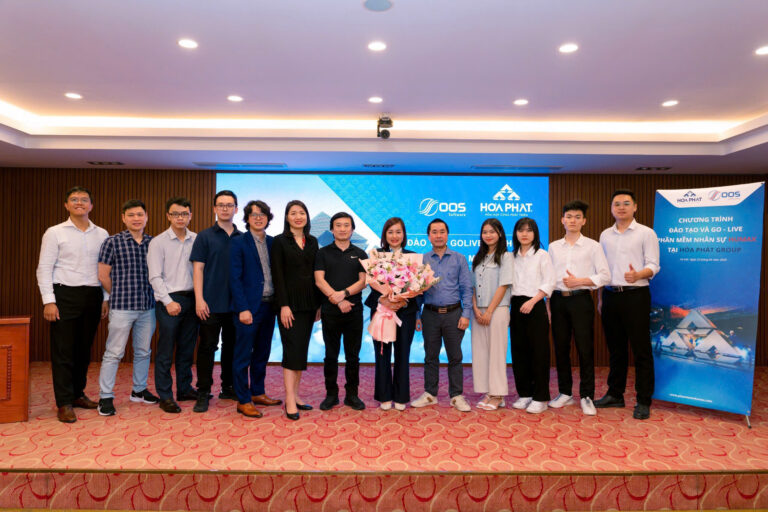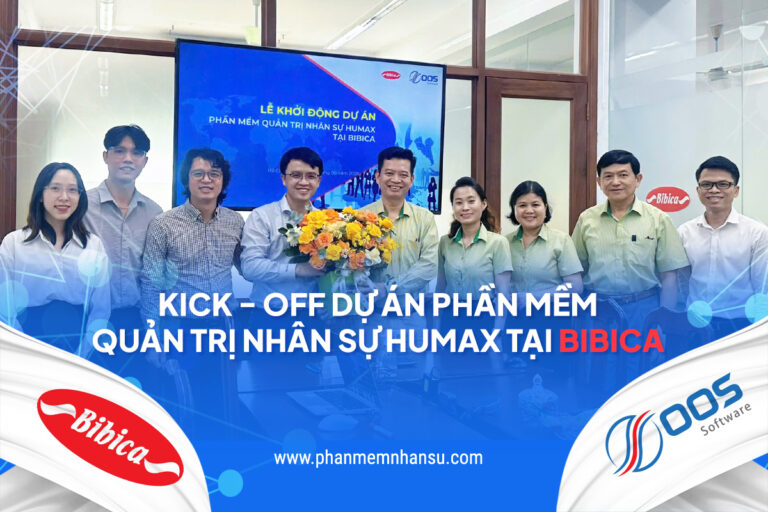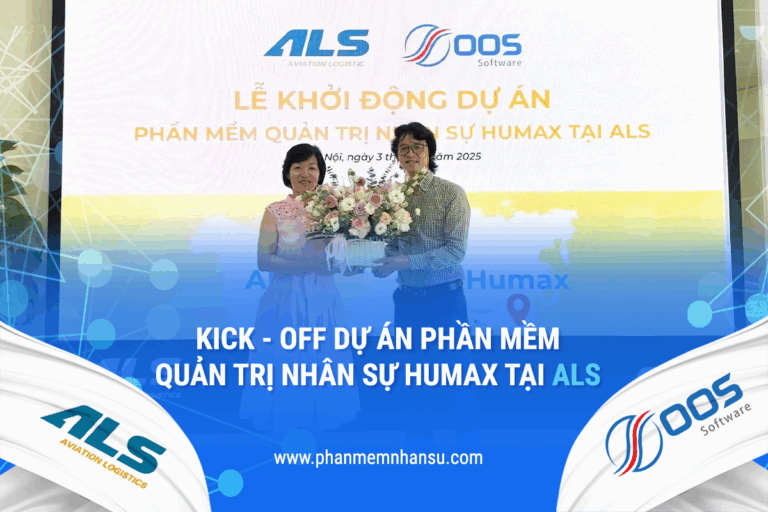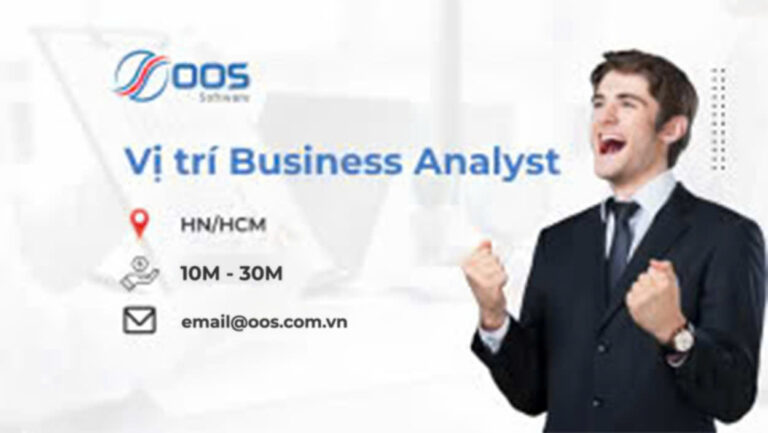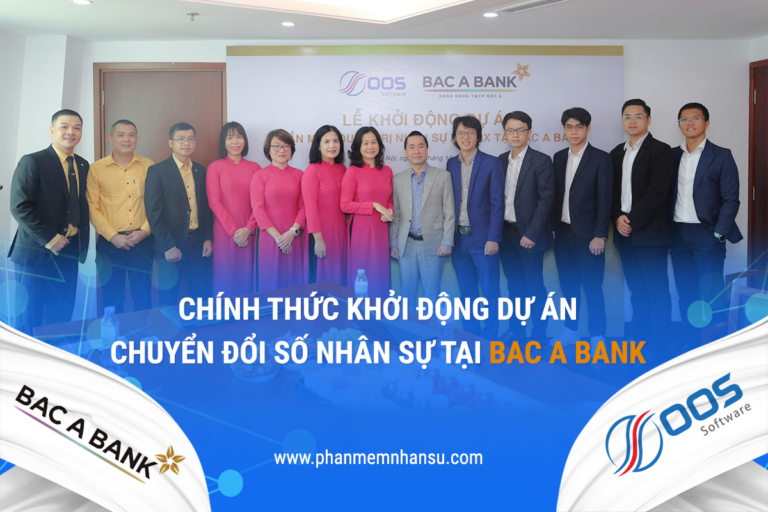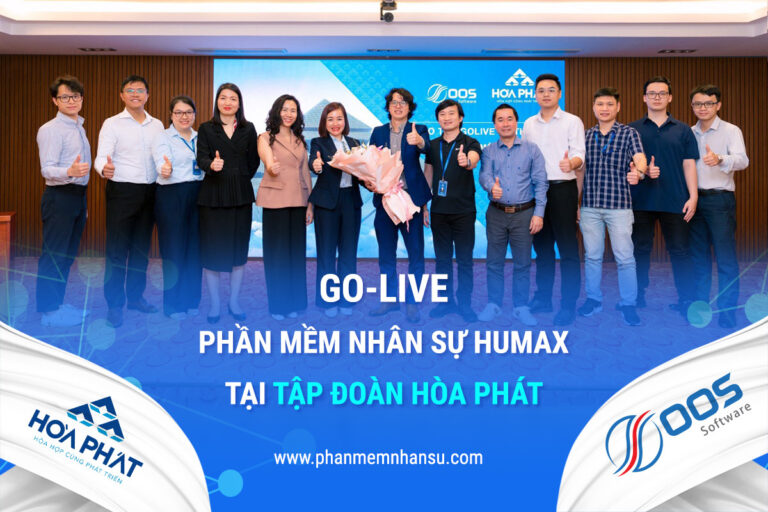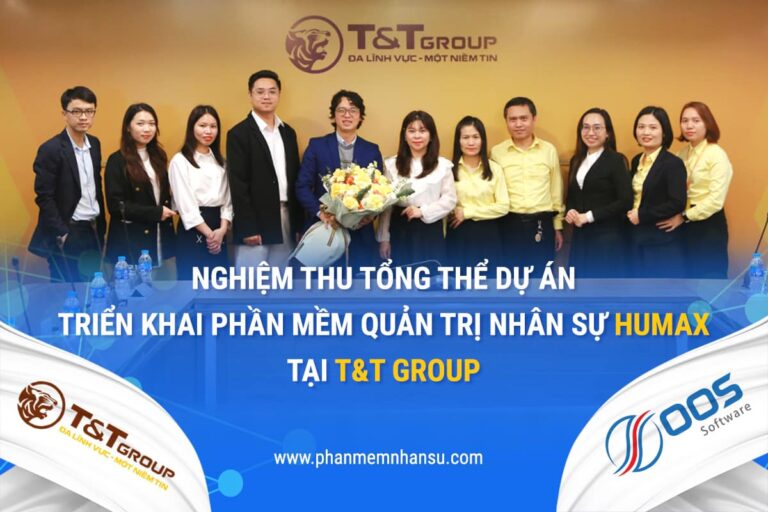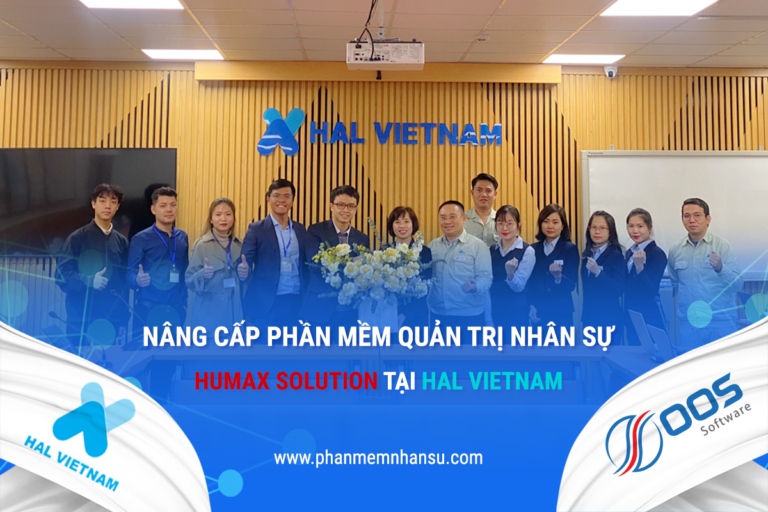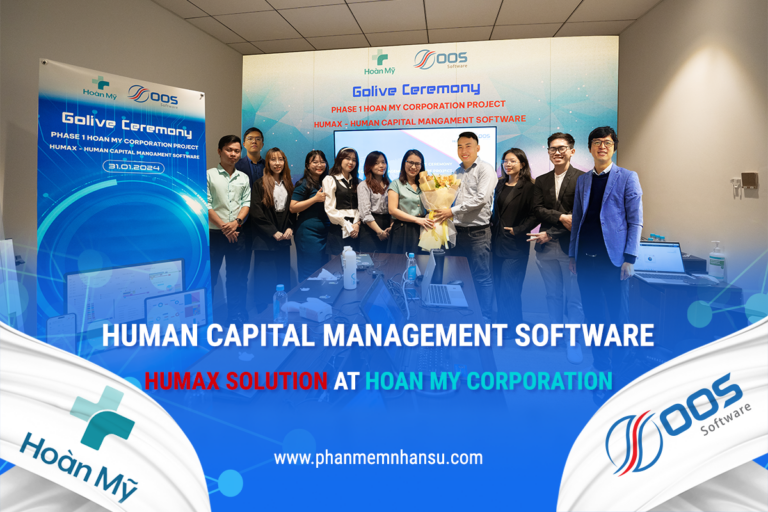Anyone who does Human resource management in the enterprise must pay attention to: personnel recruitment, employee training and human resource management model building. Special to build HR management model appropriate, you need to understand and judge the personality of the employee. Then come up with strategies for individual management for employees.
So how do human resource managers need to know HR strategies?
Employees are tenants
Many businesses in Vietnam still consider employees as dependents of the business. The same is true of the human resource management departments in the enterprise, most of which are faced with employees. You can't treat an employee as an employer, if you want talent to leave and the business to stagnate.
Employees who only think of themselves as a tool of the business will be more passive at work. They only work under the direction of their superiors, they do not have the spirit of enthusiasm, are not enthusiastic about researching and improving performance. Even employees are not able to contribute and improve their work.
And this is reality HR management model in manufacturing enterprises with seasonal workers, shift workers, and private enterprises. Employees who can make full use of their "power" and productivity must be employees with strong and outstanding capabilities to be able to "stand the pole".
Employees are the center, are the assets of the business
There are still some young businesses in Vietnam that care about their employees. They care and value employees as the only assets of the business. They offer policies to help support employees in work and life.
Employees who are valued by the business will be motivated to work more effectively. They are more active and enthusiastic because they are encouraged and accepted, and many times more creative in their work. Employees will have a competitive spirit, will always seek to learn more knowledge, create and create more products.
They meet the needs and expectations, improve production efficiency in the enterprise. This is an effective form of human resource management in enterprises, but a model of human resource management that few businesses can do.
Three forms of human resource management in enterprises
The form of human resource management in the enterprise 1: Traditional nepotism
The characteristics of this form of human resource management in this enterprise are:
- Leadership is the center, the human resource management model that coordinates all work is the leader.
- Businesses consider employees as hirers, generating revenue for the business.
- Enterprises give employees an activity orientation, employees are not allowed to participate in business development plans.
- The HR policy and staffing are antiquated, outdated, lack of flexibility and flexibility.
- Only interested in what employees can contribute to the business, but not interested in the benefits and incentives of employees.
- Enterprises only focus on probation, restrict employees, do not encourage employees to promote work efficiency.
What is the result? Enterprises applying this type of management will not be able to attract and retain talented people, reducing their competitiveness in the labor market.
Human resource management form in enterprises 2: Collective human resource management
Employees in this form of human resource management in this enterprise focus on encouraging and engaging with subordinates.
Features of the form Human resource management in the enterprise This is:
- Human resource management policies in enterprises are based on common interests. Benefits will be elaborated and coordinated down to the employee.
- With this form, enterprises let employees freely express their own thoughts, opinions and views. This business injects liberal democracy into its corporate culture.
- Corporate culture policies and regulations, human resource management model are flexibly customized and elected according to the majority of employees.
- Human resource policies are open, employees can express their opinions, contributing to building corporate culture.
- Enterprises decentralize employees, change and flex policies with current conditions of employees, develop existing businesses.
- Leaders see the right potential and capacity of employees, assign the right jobs, and give the right rights to employees to achieve the highest performance.
- Stimulating the dedication of employees with both rights and obligations, is the top criterion to evaluate employees.
This is a model of human resource management in the enterprise in accordance with the current general development trend. Each individual has his or her own role, free to develop abilities in an environment.
The form of human resource management in the enterprise 3: Old-fashioned collective leadership
This is a model of human resource management developed in the subsidy period. Middle leaders are not aware of specific responsibilities, cannot assign work to employees. As a result, the work is stalled, it is impossible to find out who is responsible for repairing and perfecting.
Features of the form Human resource management in the enterprise This is:
- The project censorship, the work becomes cumbersome, must go through a "council" to be able to do, which takes a lot of time.
- Enterprises under the subsidy period often had very few people with real capacity. Management is mainly “pointing with five fingers” and only wants to intervene deeply, rather than quickly solve the problem.
- Enterprises focus on safety solutions rather than innovative, innovative solutions for employee development. The solutions are all based on ensuring the safety of management rather than employees.
- Active individuals work hard, but don't get the chance to join the council.
- The process of reviewing and implementing a plan is lengthy.
This is the form Human resource management in the enterprise need to be abolished and replaced by a more modern form of human resource management. This is a very expensive form of human resource management, wasting the budget and having low economic efficiency.
Collect

